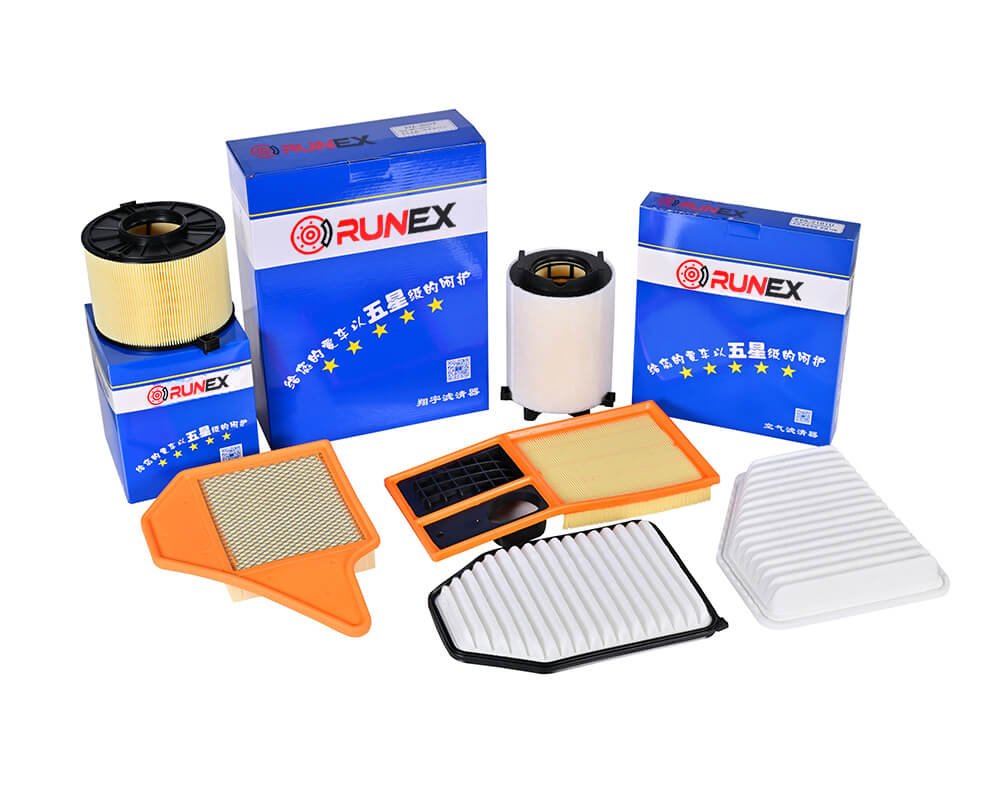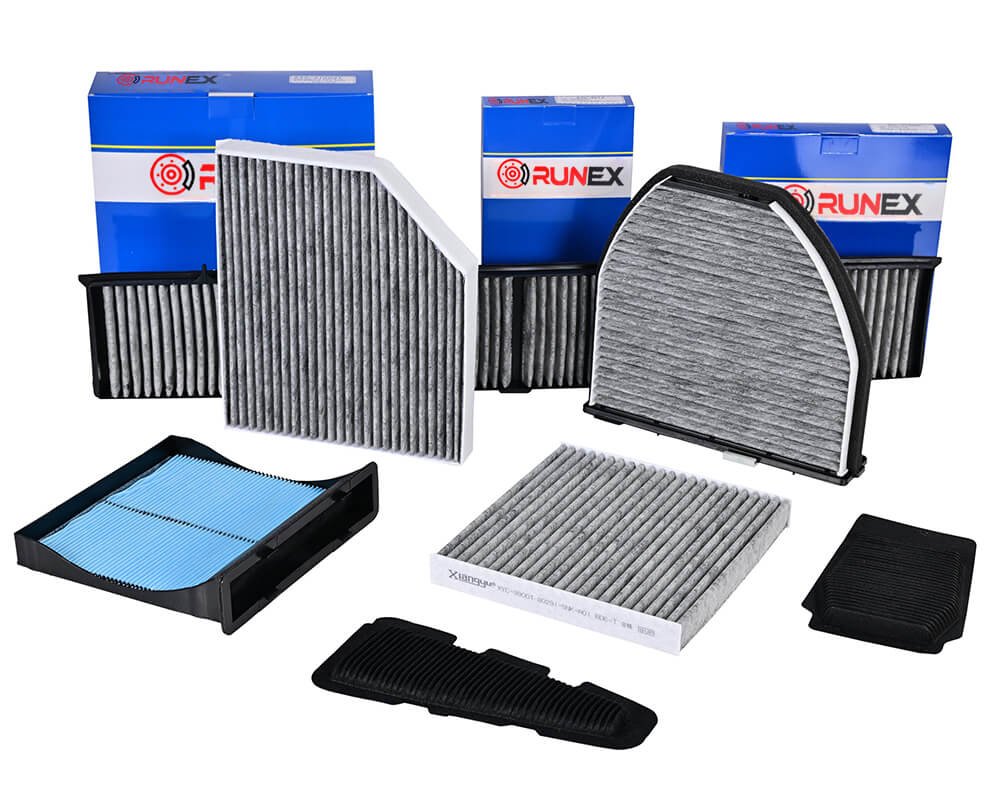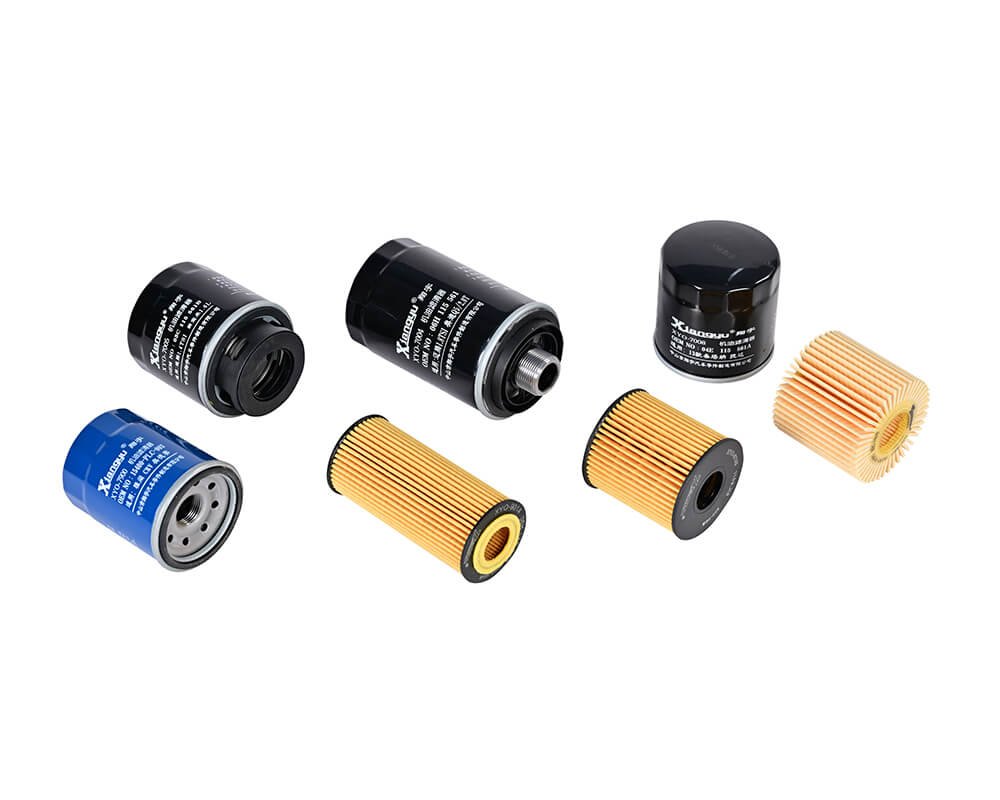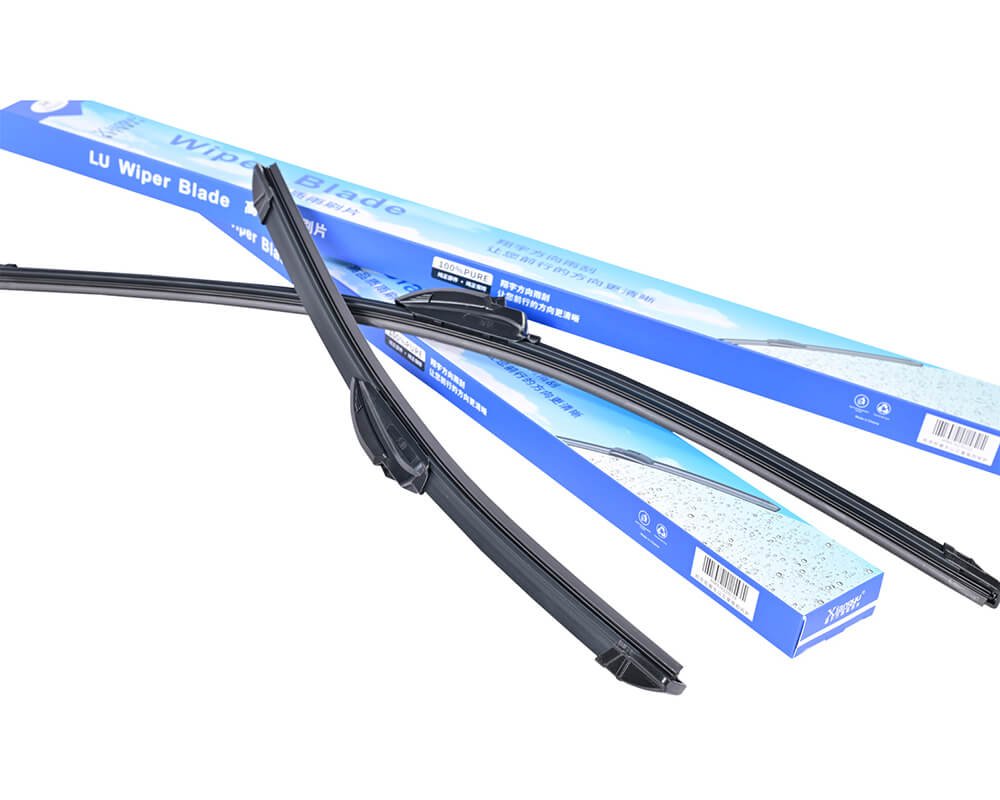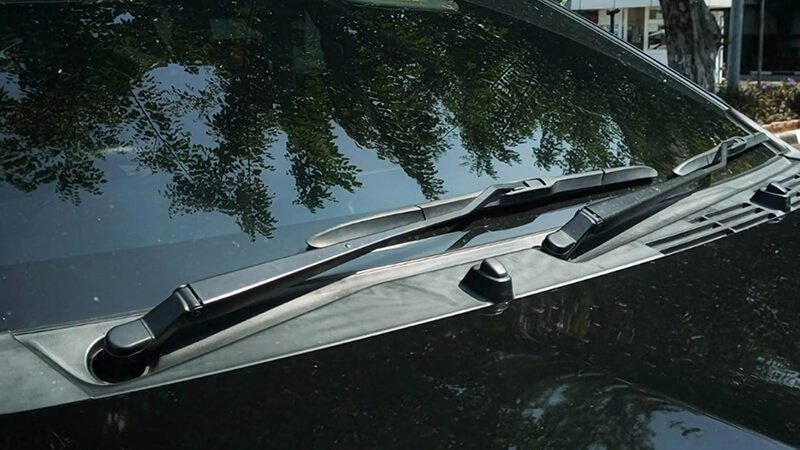Choosing the right brakes for your vehicle can be overwhelming, especially with so many options available. But understanding the key factors will make the process much easier. This guide will help you navigate through the essentials of picking the best brakes for your needs.
The best auto brakes depend on factors like your vehicle type, driving conditions, and personal preferences. Whether you are looking for durability, performance, or comfort, understanding the basics will guide you toward making the right choice.
Now, let’s dive into some of the essential things to consider when choosing the best brakes, starting with understanding a rule that many drivers follow – the 30/30/30 rule.

What is the 30/30/30 rule for brakes?
If you're unfamiliar with the 30/30/30 rule1 for brakes, you're not alone. This rule is a guideline used to ensure brake maintenance is carried out on time, preventing potential issues. So, what exactly does it mean?
The 30/30/30 rule suggests you replace your brake pads every 30,000 miles, check brake fluid every 30,000 miles, and replace brake fluid every 30 months. Following this simple rule helps maintain your car’s braking system and ensures safety.
The 30/30/30 rule2 serves as a general guideline for keeping your vehicle's braking system in top condition. It is easy to remember and helps ensure you are consistently performing the necessary maintenance tasks to keep your brakes functioning properly.
Replacing Brake Pads Every 30,000 Miles3
Brake pads typically need replacing after 30,000 miles, but this can vary depending on driving conditions. Urban driving with heavy stop-and-go traffic will cause more wear on brake pads compared to highway driving. Below is a table showing different types of brake pads and their average lifespan:
| Brake Pad Type | Average Lifespan | Ideal Conditions |
|---|---|---|
| Organic | 20,000 - 40,000 miles | Light city driving, normal use |
| Semi-Metallic | 30,000 - 50,000 miles | Mixed driving (city & highway) |
| Ceramic | 40,000 - 70,000 miles | Highway driving, everyday use |
Checking Brake Fluid Every 30,000 Miles
Brake fluid is critical for the proper functioning of the braking system. It should be checked every 30,000 miles for signs of contamination or reduced levels. Contaminated fluid can affect the hydraulic braking system, leading to brake failure. A simple check is to look for changes in the color or texture of the brake fluid.
Replacing Brake Fluid Every 30 Months
Even if the brake fluid looks fine, it’s recommended to replace it every 30 months to prevent moisture buildup, which can lower the effectiveness of the brakes. Moisture in brake fluid can lead to rust in the brake components, so timely replacement is essential.
By following the 30/30/30 rule, you help ensure the longevity of your brakes and reduce the likelihood of unexpected issues during driving. It also minimizes the need for costly repairs by keeping everything well-maintained.
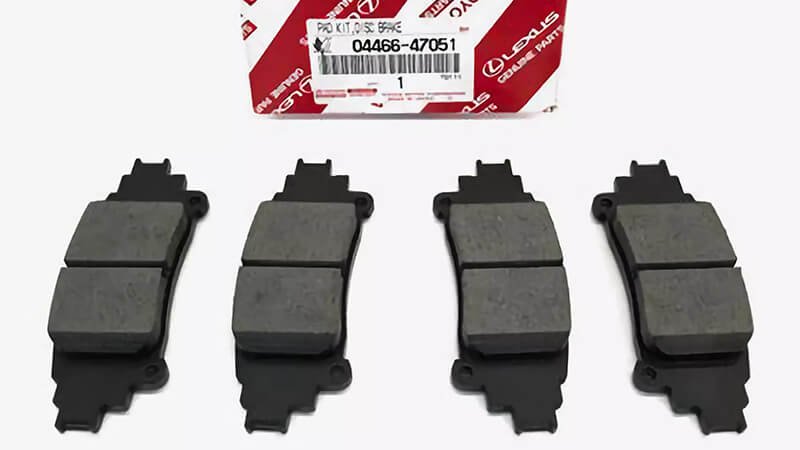
How to choose brakes for your car?
Choosing the right brakes for your car depends on several factors. Whether you're replacing old brake pads or upgrading your entire braking system, understanding your needs is essential. But how do you decide which brakes are best for you?
To choose the right brakes4, consider your vehicle type, driving conditions, and budget. Factors like brake pad material5, performance needs, and maintenance requirements will help narrow down the best options for you.
Choosing the right brakes for your car involves evaluating several factors. Let’s break it down in more detail:
Vehicle Type6
Different vehicles require different braking systems. Sports cars, for example, need high-performance brake systems capable of handling high speeds and rapid deceleration. In contrast, sedans or family cars can often make do with standard systems. Here’s a quick guide:
| Vehicle Type | Recommended Brake Type | Ideal Brake Features |
|---|---|---|
| Sports Car | Performance Disc Brakes | Heat resistance, high stopping power |
| Sedan | Standard Disc or Drum | Comfort, quiet operation |
| SUV/Truck | Heavy-duty Disc Brakes | Durability, towing capability |
| Hybrid | Low-dust Ceramic Pads | Quiet operation, low emissions |
Driving Conditions
Your driving conditions will affect the performance and longevity of your brake pads. For instance, if you often drive in city traffic with frequent stops, you might prioritize comfort and quietness in your brakes. On the other hand, if you often drive on highways or mountain roads, you’ll need durable brakes that can handle heat buildup and maintain performance under high stress.
Brake Pad Material
There are three common types of brake pads: organic, semi-metallic, and ceramic. Each type has its advantages and disadvantages. Below is a table summarizing the benefits and drawbacks of each material:
| Brake Pad Type | Pros | Cons | Ideal For |
|---|---|---|---|
| Organic | Quiet, low dust, affordable | Wears faster, less durable | Light city driving, budget-conscious |
| Semi-Metallic | Durable, good heat resistance | Noisy, more dust | Mixed driving conditions |
| Ceramic | Long lifespan, quiet, low dust | Expensive, harder to install | Highway driving, everyday use |
Budget Considerations
High-performance brakes come with a higher price tag, but they last longer and perform better under pressure. If you have a tighter budget, organic or semi-metallic pads might be more appropriate. However, for those who prioritize quiet operation, ceramic pads may be worth the investment despite the higher upfront cost.

What type of brake pads last longest?
When it comes to brake pads7, longevity is a key factor for many drivers. After all, replacing brake pads can be costly and inconvenient. But which type of brake pads last the longest?
Ceramic brake pads8 are generally the longest-lasting option. They provide a good balance of performance, noise reduction, and durability, making them ideal for most drivers who want longevity without sacrificing quality.
When it comes to brake pad longevity, ceramic pads9 are typically the longest-lasting. However, understanding why ceramic pads outperform other types of pads can help you make an informed decision.
Ceramic Pads:
Ceramic brake pads are made from a blend of ceramic fibers and other materials. They are designed to provide long-lasting performance. Below is a breakdown of why ceramic pads excel:
| Feature | Ceramic Pads | Benefits |
|---|---|---|
| Lifespan | 40,000 - 70,000 miles | Longer life, fewer replacements |
| Durability | High | Resists wear from heat and friction |
| Noise | Low | Quieter operation |
| Dust | Low | Cleaner wheels, less mess |
Ceramic pads are particularly ideal for highway driving, where the brakes will experience less stop-and-go stress, allowing the pads to last longer.
Semi-Metallic Pads:
Semi-metallic pads are a close contender in terms of longevity, offering around 30,000 to 50,000 miles of use. They are more durable than organic pads, which makes them a good option for mixed driving conditions. However, they tend to be noisier and produce more dust.
Organic Pads:
Organic pads are softer and offer the quietest braking experience. However, they are the least durable, with a lifespan of just 20,000 to 40,000 miles. They are best for light driving but wear out quickly under heavy use.
In summary, ceramic pads are the best option for drivers seeking long-lasting, quiet, and low-dust performance. They also offer a smoother driving experience and require fewer replacements over time.

Which car braking system is best?
When it comes to braking systems10, there's no one-size-fits-all. The best braking system for your car depends on your specific needs, driving habits, and the vehicle you drive. But which system offers the best performance and reliability?
The best braking system11 for your car depends on the type of driving you do. For high-performance driving, a disc brake system12 with ventilated rotors is ideal. For everyday use, a standard disc or drum brake system may be sufficient.
The braking system you choose for your vehicle will depend heavily on what you prioritize: performance, safety, or cost-efficiency. Let's break it down:
Disc Brakes:
Disc brakes are the most common in modern vehicles. They are efficient at dissipating heat and providing consistent stopping power. Ventilated disc brakes, often found in high-performance vehicles, offer the best braking performance. Here's a breakdown:
| Brake System | Pros | Cons | Ideal For |
|---|---|---|---|
| Ventilated Disc | Best heat dissipation, high performance | Expensive, requires maintenance | High-performance vehicles, sports cars |
| Solid Disc | Cost-effective, easy to maintain | Less efficient in heat dissipation | Everyday use, light vehicles |
Ventilated disc brakes excel at high-speed driving, providing effective heat dissipation and maintaining stopping power even during intense use.
Drum Brakes:
Drum brakes are older technology but still found in many rear-wheel drive cars. They are cheaper to manufacture and are adequate for vehicles that don’t require heavy braking performance. However, they are less effective at heat dissipation and are prone to quicker wear.
Best System for Your Needs:
For most drivers, ventilated disc brakes are the best choice. They offer superior performance, especially in high-speed or demanding driving conditions. Drum brakes may be suitable for less demanding applications, but if safety and reliability are your priorities, disc brakes should be your go-to.
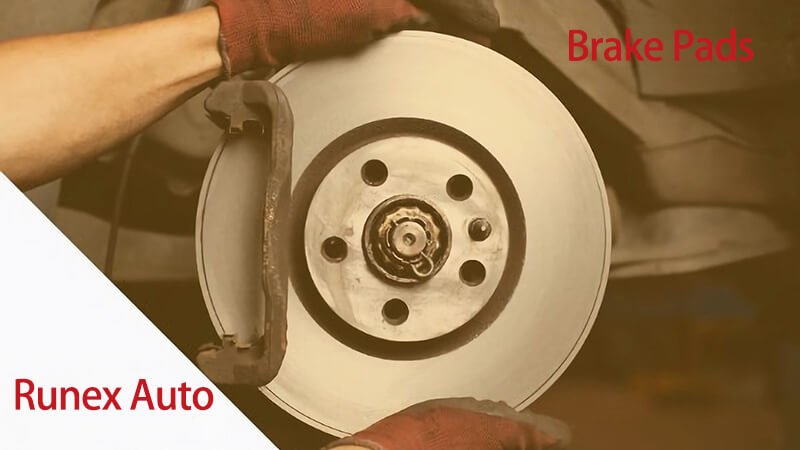
Conclusion
In conclusion, choosing the best auto brakes involves understanding your driving needs, vehicle type, and brake pad preferences. From the 30/30/30 rule to selecting the right braking system, each factor plays a crucial role in keeping you safe on the road.
If you need any type of brake pads13, do not hesitate to reach out to us for getting best solutions.
-
To learn about best practices and industry standards for maintaining your brake system. ↩
-
This will explain how driving conditions impact brake pad wear and longevity. ↩
-
To understand various brake pad types and how they affect your vehicle's braking performance. ↩
-
To learn about best practices and industry standards for maintaining your brake system. ↩
-
This will explain how driving conditions impact brake pad wear and longevity. ↩
-
To understand various brake pad types and how they affect your vehicle's braking performance. ↩
-
To learn about various brake system types suitable for different vehicle needs. ↩
-
To understand how different materials impact brake performance and longevity. ↩
-
To explore how vehicle type determines the braking system requirements. ↩
-
To learn about the lifespan of various types of brake pads. ↩
-
To understand the benefits and features that make ceramic pads last longer. ↩
-
To learn about the composition of ceramic brake pads and how it contributes to their durability. ↩
-
Contact Runex to know more details about brake pads. ↩




